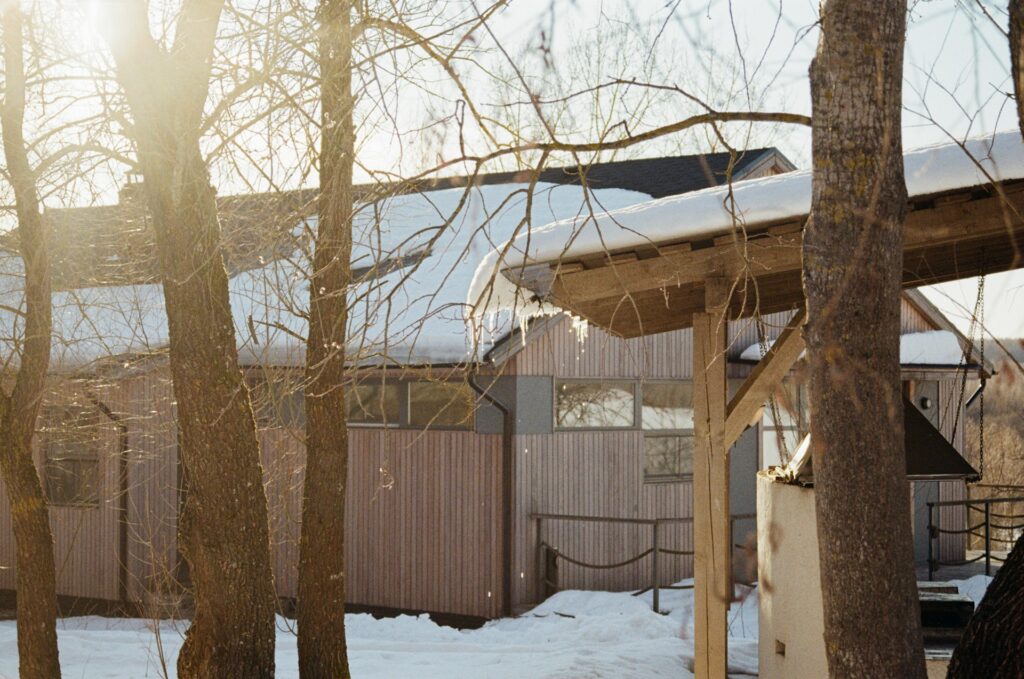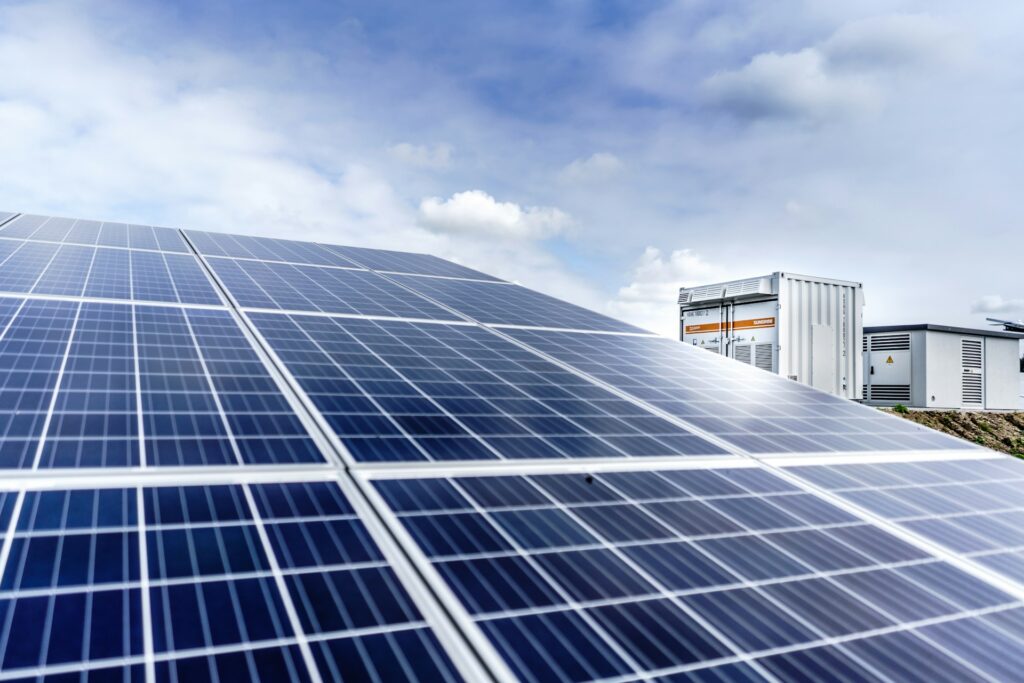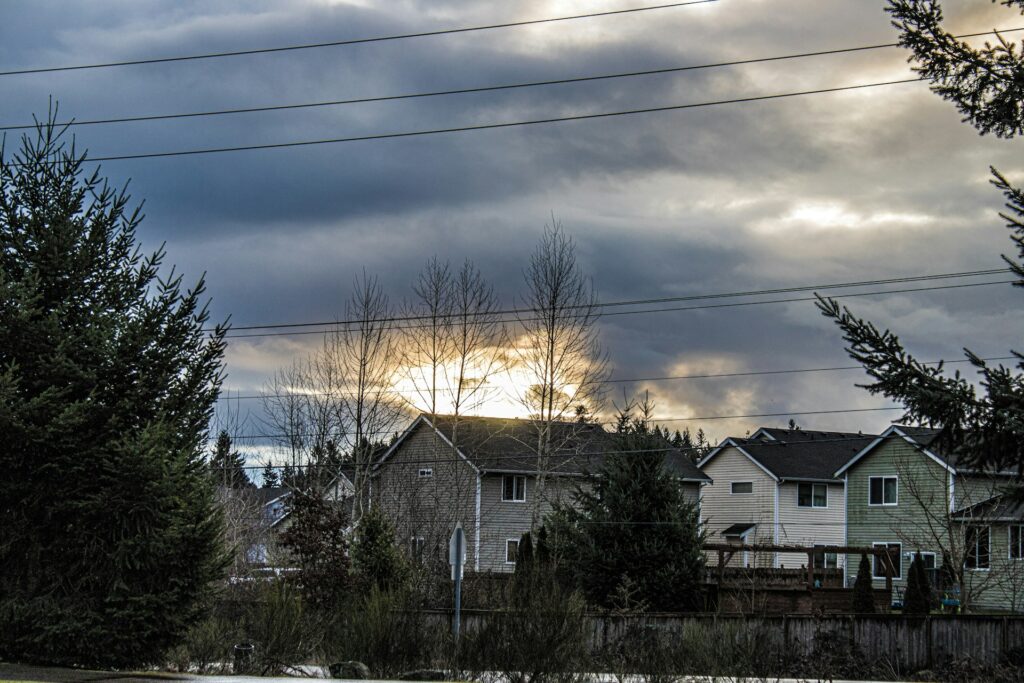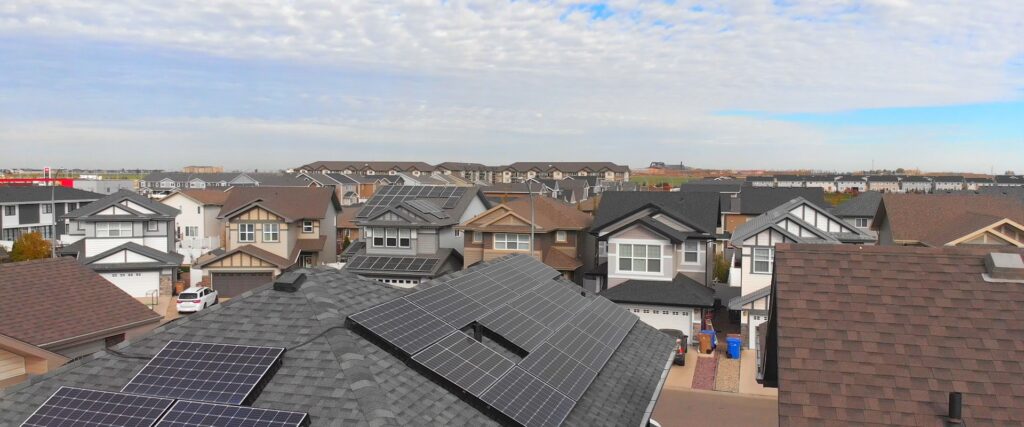Minnesota winters look beautiful at least from the couch with a mug of coffee in hand. Step outside, though, and it’s another story. The cold cuts through everything, the wind doesn’t play nice, and your roof ends up taking most of the beating. So it’s fair to ask: can solar panels really hold up in all that?
It’s a fair question. Many assume solar power only makes sense in places that are sunny and dry year-round. The truth? Cold weather doesn’t hurt solar it actually helps it. The trick is in how the system’s built. That’s where a Minnesota solar roofing company earns its keep. These aren’t generic installers; they plan everything from frame to tilt to handle snow loads, ice, and temperature swings that would wreck a lesser setup.
Here’s how they make it all work.
How Solar Panels Perform in Cold Weather
It sounds backward, but solar panels love cold weather. They don’t need heat; they need light. When the temperature drops, electricity actually flows a little easier. The lower resistance lets electrons move faster, so a solar panel in 20°F air can sometimes produce more power than it would on a blazing July afternoon.
Still, winter has its quirks:
-Heavy snow can cover panels for a bit.
-Ice might shade a few cells along the edges.
-And shorter days mean fewer daylight hours to work with.
They don’t just throw panels on a roof and call it good. Each one’s tested first pushed with pressure, frozen, and heated again until engineers are sure it can take a Minnesota winter. Think of a few feet of wet snow sitting on top. That’s the kind of load they’re built to handle. Once it’s mounted tight, it stays solid through the storms.
Key Design Features That Keep Solar Running Through Winter
A good solar roofing company doesn’t just bolt panels to your roof and call it done. They design for survival. Every choice from the angle of the racks to the coating on the glass helps the system perform when temperatures tank.
1. Tilt and Racking Systems
Panels are set at a 30–45° tilt so snow can slide off naturally. That same angle helps catch more sunlight during the low winter sun hours. Flat commercial roofs need special setups, like ballasted or raised racks. These add space underneath the panels, allowing air to flow and keeping snow from collecting at the edges.
2. Reinforced Frames
Winter-ready panels use thick aluminum or steel frames, often with extra support in the corners. It’s a small design tweak that prevents microcracks tiny fractures that can slowly cut your power output over time.
3. Tempered Glass
Every panel is finished with tempered glass built to handle Minnesota’s mood swings hail, frost, or sharp temperature drops. A few newer models add a special coating that keeps snow and ice from clinging too long.
4. Black Frames and Backsheets
Black absorbs heat. On a cold day, that little boost in warmth helps snow melt faster. It’s a simple touch that keeps panels clear and producing power.
5. Anti-Slip Coatings
Some companies apply a special coating that reduces surface friction, so snow doesn’t get stuck at the bottom edge of the panel. All these design details add up to one big goal steady, reliable energy no matter how long winter sticks around.
Minnesota-Specific Solar Design
Minnesota isn’t like other states. Our winters test every piece of equipment, and solar setups are no exception. Local companies know this and build with real-world experience.
For Homes
Every roof is different, and good installers take that seriously. They’ll check the slope, direction, and how shadows move across your property during the year. Steeper roofs naturally help snow slide off. South-facing panels soak up sunlight more efficiently, especially during those short winter days. If you’ve got open land, they might even suggest ground-mounted panels. These are adjustable, you can tilt them steeply in the winter and flatten them out for summer.
For Commercial Buildings
Commercial roofs are usually flat, so panels can’t just sit flush. Installers lift them using ballasted or elevated racks, giving space underneath for air to move, snow to clear, and rain to drain properly. Installers here also rely on snow-load maps specific to each region. That data helps them calculate exactly how strong the support structures need to be. It’s the kind of precision that only comes from working through a few dozen Minnesota winters.
Keeping Power Steady Through Snow Season
Anyone who’s spent a winter here knows how often power lines go down. That’s why more solar systems now include solar battery storage or Home EV solar features for backup.
For Homeowners
A solar-plus-battery setup keeps key parts of your home powered during outages. Heat, lights, fridge, maybe even your EV charger all running independently from the grid.
For Businesses
Commercial systems use battery storage to keep critical equipment online: heating, refrigeration, computers, and servers. It’s a lifesaver during storms and helps avoid peak-hour electricity costs in winter. The result? Reliable, renewable energy all year long, whether the sky’s clear or covered in clouds.
Choosing the Right Solar Roofing Company
Minnesota winters aren’t for beginners and neither is solar installation here. When comparing companies, look for experience and local expertise.
Here’s what matters most:
-Local knowledge: They should understand regional snow loads, roof codes, and climate quirks.
-Adjustable design: Systems that let you tweak tilt angles or add snow-friendly features.
-Proven durability: Panels tested for heavy snow, high winds, and extreme temperatures.
-Solid warranty: Look for a 25-year performance guarantee or better.
-Track record: Ask for examples of systems that have already made it through several winters.
Conclusion
Cold weather doesn’t stop solar it can actually make it more efficient. A system designed for Minnesota’s winters handles snow, ice, and freezing temperatures without a problem. Local installers understand the balance between performance and durability. From sturdy frames and clever tilt angles to smart battery backups, everything is built to keep your system producing power year after year. So whether it’s ten below zero or blazing hot outside, your solar panels will keep generating clean energy and saving you money all while helping the planet breathe a little easier.
Partner with RAR Energy. Get a Minnesota solar team that knows what real winters look like. From planning to installation and upkeep, they’ll build a setup that stands up to heavy snow, freezing rain, and all the weird weather in between.
Set up your free consultation today and learn how custom solar can keep your lights and your car running through every season.





